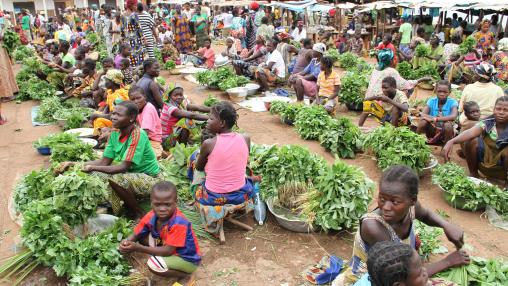
Increasing Global Food Safety Requires Coordinated Value Chain Approach
As the global food system becomes more integrated, urban populations grow, and incomes continue to rise around the world, the issue of food safety is drawing greater and greater attention, according to a new brief from the Global Panel on Agriculture and Food Systems for Nutrition.
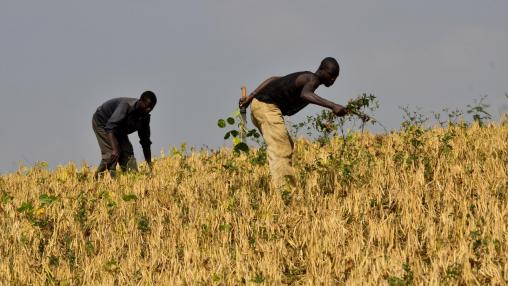
Facing El Niño: Policy Options For Improved Resilience
The current El Niño cycle is being called the one of the strongest on record, and it is already having serious impacts on local food production in many developing countries around the world. Production shortfalls, and subsequent food price hikes, will be particularly harmful for the world’s poorest consumers, who research shows spend 50-70 percent of their incomes on food. A new IFPRI brief examines some of these impacts and discusses policy options to improve countries’ resilience and food security in the face of weather- and climate-related shocks.
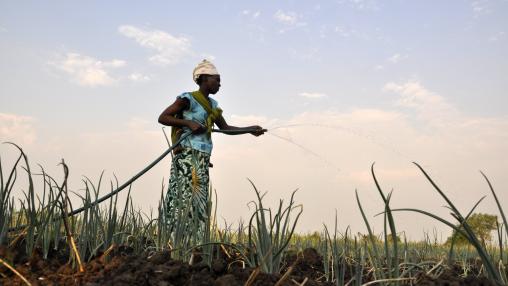
Global Weather Hazards Summary Sees Dry Conditions Continuing to Impact Southern Africa, Guatemala
The latest Global Weather Hazards Summary from FEWS Net is reporting dry conditions throughout parts of Africa and Central America.
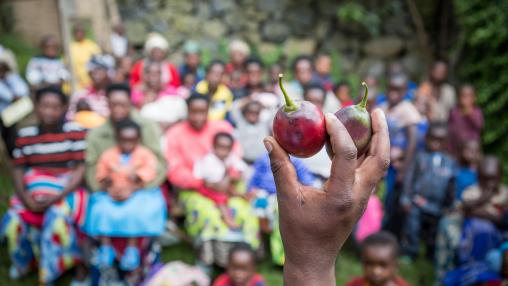
Global Food Policy Report Calls for Improved Global Food System
Last year witnessed the culmination of the Millennium Development Goals (MDGs) and the launch of a new global development agenda – the Sustainable Development Goals (SDGs). According to IFPRI’s 2016 Global Food Policy Report (GFPR) , launched in Washington, DC last week, achieving the ambitious aims of the SDGs – which include eliminating extreme poverty, hunger, and malnutrition while encouraging sustainable growth and conserving the environment by 2030 – will require coordinated action at the global, regional, national, and local community levels.
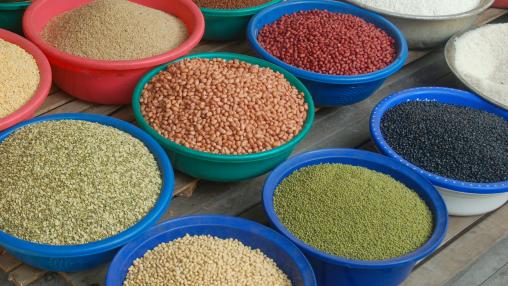
Global Weather Hazards Summary Reports Good Conditions in CAC, Drought in Africa
FEWS Net has released its latest Global Weather Hazards Summary for March 11-17, 2016. The report covers ongoing and recent weather conditions throughout the world; this latest report covers Africa, Central Asia, Central America and the Caribbean.
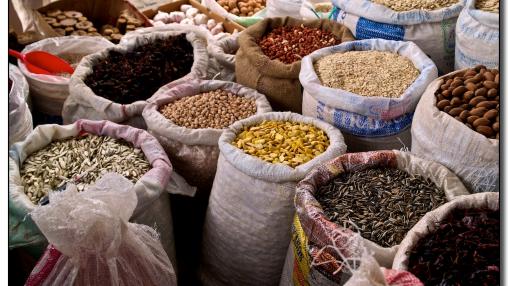
Latest Food Price Monitoring and Analysis Bulletin Released
Global wheat export prices fell in February as a result of slowing trade activity, ample supplies, and generally good growing conditions throughout the Northern Hemisphere, according to this month's FAO Food Price Monitoring and Analysis Bulletin . These prices reflect a decline of almost 20 percent from February 2015.
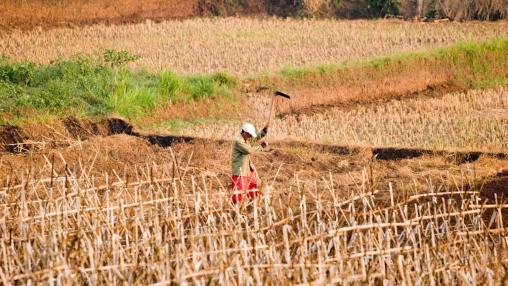
FAO Crop Prospects and Food Situation Report Released
FAO's first Crop Prospects and Food Situation report of 2016 estimates that while global stocks remain at adequate levels, a total of 34 countries are in need of external food assistance due to a combination of civil conflict and El Niño-linked weather conditions. Twenty-seven of those countries are in Africa, where adverse weather resulted in significantly lower 2015 cereal harvests. Crop production prospects for southern Africa have been particularly affected, and this is likely to have severe food security implications in the region, according to the report.
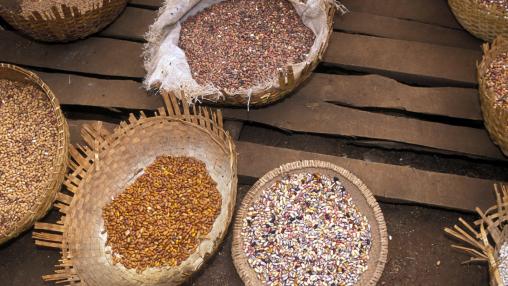
Is the Global Seed Industry Investing in Smallholders? A New Report Measures Private Sector Engagement
Improved seed varieties that are more resistant to heat, drought, and pests and disease can help farmers increase their crop yields and adapt to the effects of climate change. However, smallholder farmers often do not use improved seeds, because of prohibitively high costs, a lack of access to seed dealers, or a lack of information about the benefits of improved varieties.
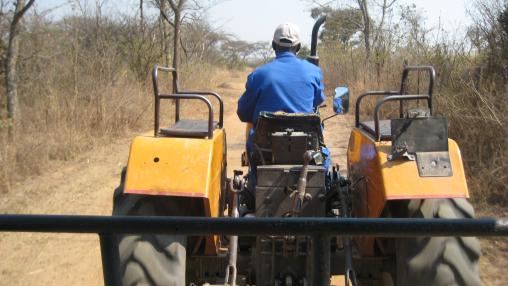
Enabling the Business of Agriculture
Markets play a crucial role in global agricultural development and food security, and well-functioning markets require effective, transparent regulations to ensure agricultural safety, quality, and economic efficiency. The World Bank’s 2016 Enabling the Business of Agriculture report examines the current state of agricultural and agribusiness regulations across the globe and provides some important lessons.
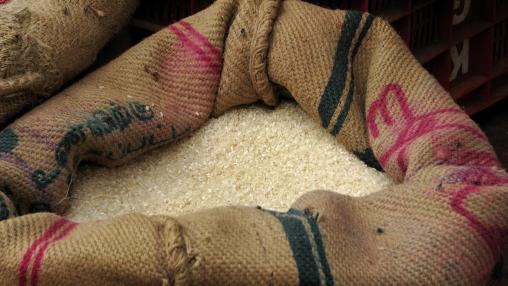
New Year Starts with Strong Commodity Stocks, Falling Prices
The FAO Food Price Index fell nearly 3 points in January, signaling a continued decrease in all of the commodities tracked by the Index and a decline of nearly 29 points from January 2015. This continued fall in prices is in part driven by the strong global supply highlighted in this month’s AMIS Market Monitor , along with an appreciating US dollar and lower global oil prices.